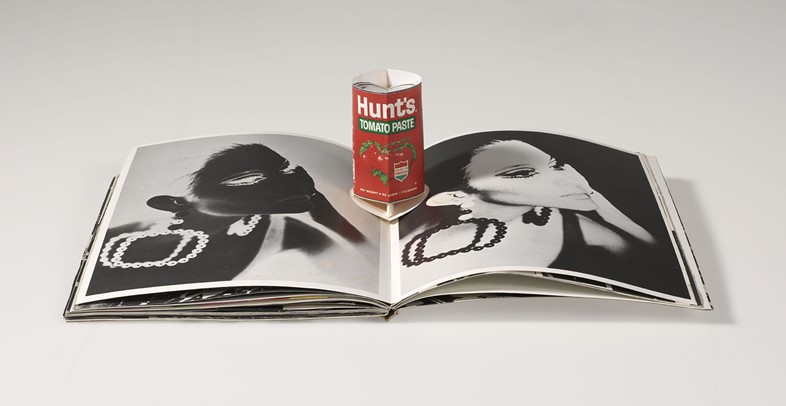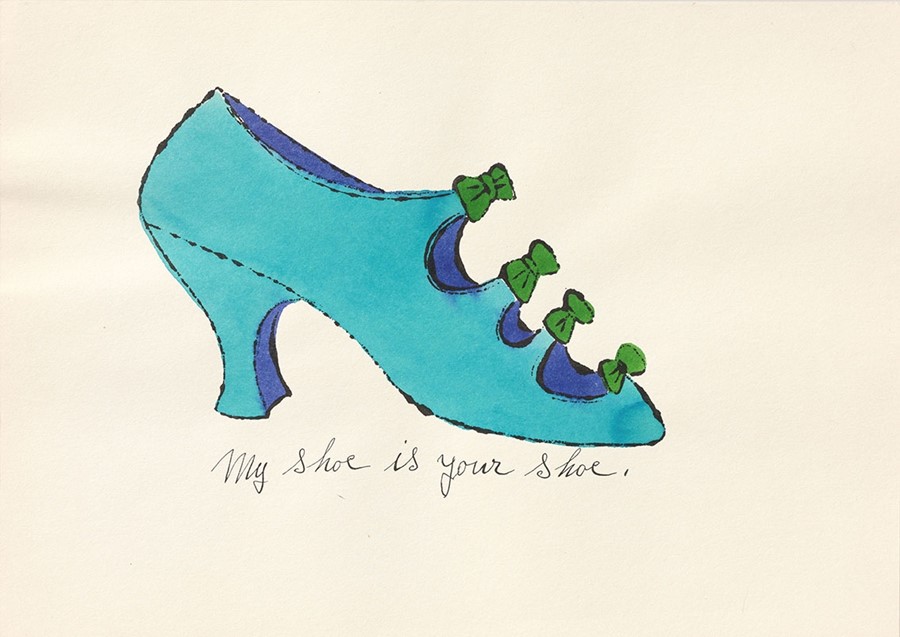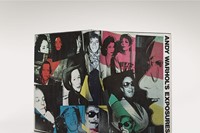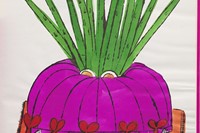A new book takes us into the extensive and exquisitely designed pages of Andy Warhol's book illustrations
While still studying pictorial design at the Carnegie Institute of Technology, Andy Warhol made his first documented contribution to a written text, a three-page story entitled Leroy, the Mexican Jumping Bean, by his friend and fellow artist, Philip Pearlstein. “Leroy was bought by a man who wanted to make his children happy. Leroy made the children happy. One day a bug crawled on top of Leroy’s shell and told him about the beautiful world outside. Leroy was unhappy.” So the poignant tale ran, and Warhol’s illustrations are full of lively, yet flat compositions of the children, the bean, and the bug.
Over the next decade or more, Warhol would continue to illustrate children’s books, as well as designing several book covers including those of Maude Hutchins’ Love is a Pie, and Who Cooked Mother Goose? Hilarious Proof that Man Hasn’t a Chance in a World of Women, by Dick Ashbaugh. It was around this time that Warhol had his first solo exhibition, which he called Fifteen Drawings Based on the Writings of Truman Capote. He would also continue to illustrate book covers for years to come, including for Doubleday’s Dolphin series, featuring classic titles by the likes of Stendhal and Prévost.
As a new book, Reading Andy Warhol, extensively chronicles, he had a lifelong fascination not only with the written word, but the book itself as an art form. Famously, he created ‘promotionals’ – booklets for friends and those he was eager to please. These contained amusing passages and aweless illustrations, and had titles such as, A Is an Alphabet, 25 Cats Name Sam and One Blue Pussy, À la recherché du Shoe Perdu, and one drawn by his mother, called Holy Cats by Andy Warhol’s Mother.

As an author he was candid and witty, notably in his autobiography, The Philosophy of Andy Warhol, and America, in which he chronicles in words and photos his experiences and ‘inner’ thoughts while travelling across the USA. He was also a notoriously detailed diarist. Further photo and text projects include Exposures, done with Bob Colacello, which is brimming with gossip and images of the people and places in New York’s party scene in the late 1970s. This was followed by Andy Warhol’s Party Book, done with Pat Hackett, which picks up on Exposure’s themes of sex, drugs, and abundance, with many of his subjects portrayed eating cakes or pastries. Earlier, he and Suzie Frankfurt had explored culinary culture with Wild Raspberries, a spoof of the complicated French cookbooks that were much in vogue in the 1950s amongst aspirational Americans.
Blue Movie, published in 1970, features dialogue and stills from Warhol’s ninety-minute film that was banned as pornography, while Andy Warhol’s Index contains pop-up paper structures, including a can of Hunt’s Tomato Paste. In all, Warhol was involved with hundreds of projects focused on the book as object, or which blended the borders of art, design, and text. When once asked about the fate of the written word, he replied, “I think it’s going to go on. They keep saying that it’s going to disappear but as they say it gets bigger and bigger. More magazines are produced and more books are being written. I’m so amazed at how many books they do and how few really become successful. But, thousands and thousands of books are being written.” No doubt he has been part of that continuum, and would likely be wholly unsurprised to find himself the inspiration behind many of the thousands of books that continue to be created today.
Reading Andy Warhol is out now published by Hatje Cantz.
Text by Ananda Pellerin



